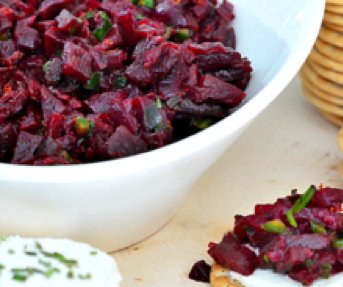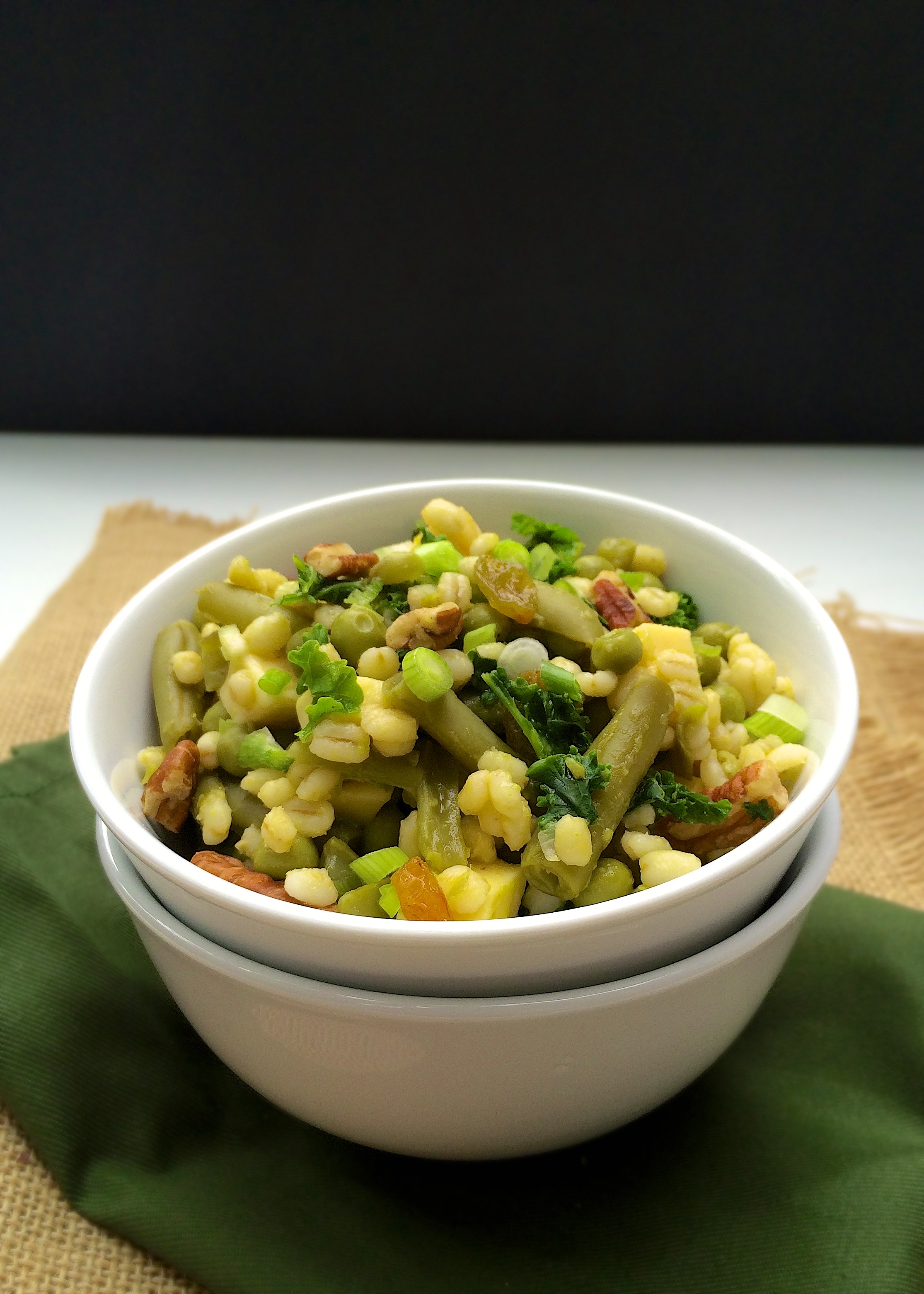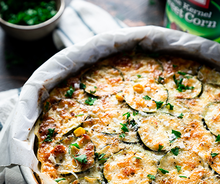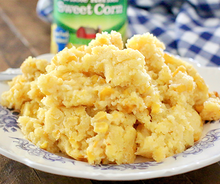February is all about celebrating your heart, including both Valentine’s Day and the American Heart Association’s American Heart Month, making it the perfect time of the year to make sure your heart health is in check!
The best way to keep your heart healthy is through your dietary habits and the best place to start is at home. Eating out means less control over how your food is prepared, with meals often including extra additives like butter which is high in saturated fats. Cooking at home allows you to have control over what ingredients go into your meal, giving you the opportunity to add beneficial heart health components, such as unsaturated fats and fiber.
A great way to ensure you have a wide range of vitamins and minerals is by adding color to your diet. Libby’s® is here to help! Libby’s® Canned Fruit and Vegetables are an easy and nutritious additive to your everyday meals. Sometimes, the preparation of vegetables can be time consuming and if you are in a rush it is easy to leave them out, but Libby’s® makes meal prep easier than ever! All of Libby’s® Fruits & Vegetables are perfectly prepared and tender, all you have to do is open the can and warm them (if you choose) to have a full serving of fruits or vegetables.
Canned vegetables are healthy for you, containing all the vitamins and minerals as fresh vegetables to make for a balanced diet. Libby’s® has a wide variety of choices that can be incorporated into your diet in a variety of ways, such as a beet hummus, vegetable soup, or salad. Whichever you choose, Libby’s® helps make it easy, simple, and tasty.
By adding an extra serving of vegetables to your meal, you will be filling yourself up with nutrient dense foods – ultimately contributing to a healthier heart and slimming the chances of heart issues in the future.
Here are some extra tips to keep in mind for when you are cooking at home:
- Lightly sauté Libby’s® vegetables with olive oil for a heart healthy boost of omega-3s and to bring out even more flavor. For example, Libby’s® Sliced Carrots are already peeled and sliced – just turn on the heat, pop open the can, lightly sauté, and you are ready to go!
- Avoid cooking with butter which is a saturated fat and can increase the risk of cardiovascular disease. Try cooking with an alternative such as olive oil which is an unsaturated fat. For fats, think anything solid at room temperature is a saturated fat.
- Include more heart healthy fats in your diet, like salmon, nuts, avocado, and oils. Salmon is high in omega-3s and can reduce risk of CVD. Nuts are a healthy fat that you can add to salads, pasta and so many other meals – you can even eat them as a snack on their own!
Here are some of Libby’s® easy to cook, and heart healthy recipes to try this month!
Pea Pesto Salmon made with Libby’s® Sweet Peas
Fact: Peas are a great source of protein, pair with salmon for increased protein and heart healthy fats.

Roasted Beet Salsa made with Libby’s® Sliced Beets
Fact: High blood pressure is one of the leading risk factors for heart diseases. Studies have shown that beets can significantly lower blood pressure, therefore lowering the risk of heart issues.

Maple Roasted Beets and Carrots made using Libby’s® Sliced Beets and Sliced Carrots
Fact: Carrots are packed with carotenoids, fiber and vitamins to help your heart.

For more recipe ideas and inspiration, check out Libby’s® Recipe Box and Facebook, Twitter and Instagram pages.














